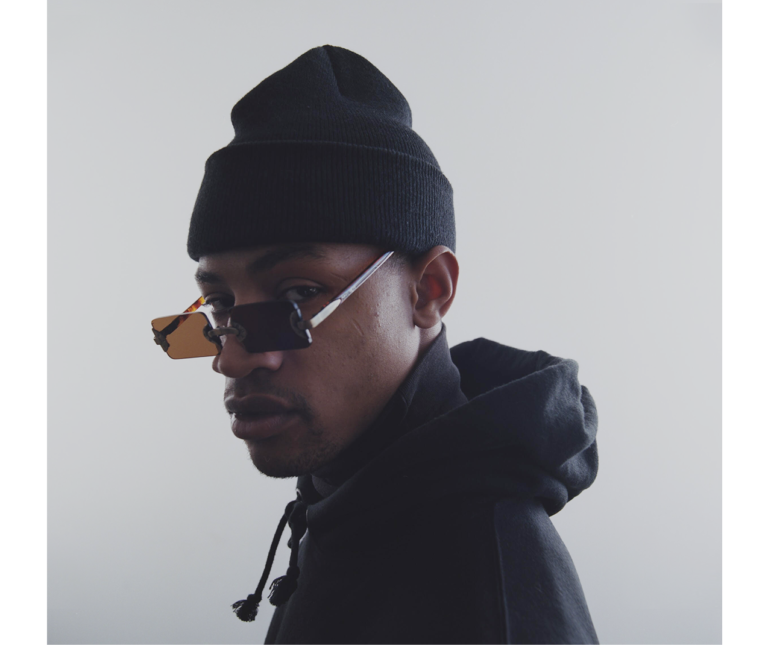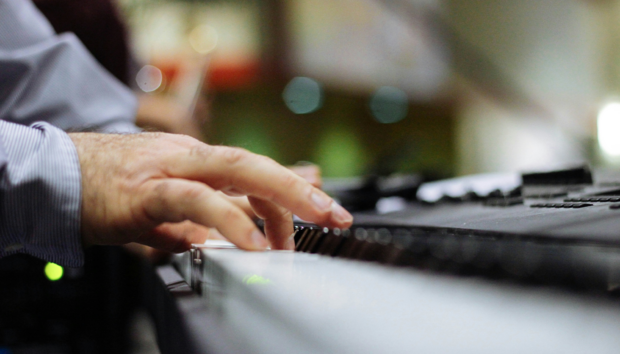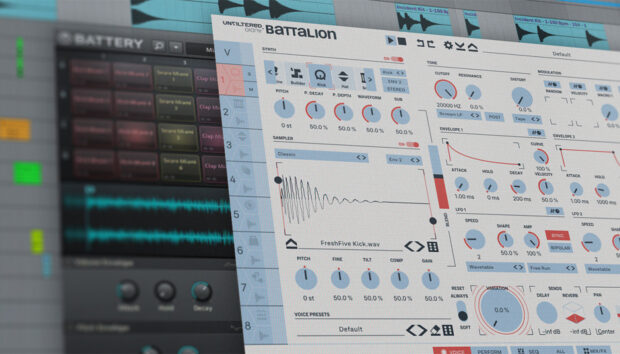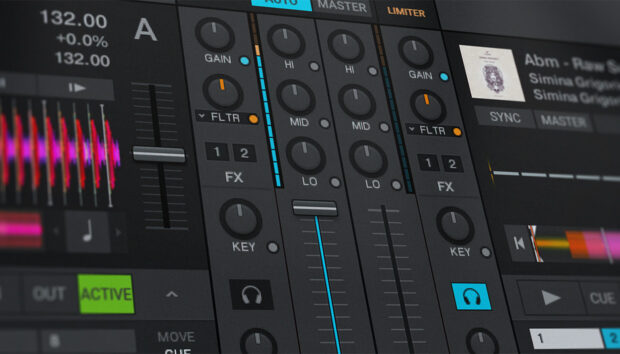MoMa Ready is one of the brightest stars in Brooklyn’s thriving club community, whose contemporary spin on house, techno and breaks is revitalising the city’s dance music legacy and uniting a new generation of BIPOC DJs and producers. Born Wyatt Stevens, his HAUS of ALTR platform has mutated into one of the most dynamic young labels on the US club scene since starting life as a platform for skateboarding apparel, with recent compilations spotlighting fresh talents like Kush Jones and BEARCAT.
In addition to his own catalogue of razor-sharp genre explorations, the former skater and breakdancer has released multiple collaborations with AceMo under their AceMoMa moniker. A debut album, released in January under the alias Gallery S, billed itself as a “hidden room” for his “innermost thoughts, fears, and desires”.
Opening with a sultry deep house bassline and pads, Wyatt’s sketch demonstrates how to take a handful of simple samples from NI’s Expansions and rapidly form them into a cohesive musical moment. Kicks and hi-hats make a subtle entrance, shifting the tempo towards the dancefloor zone, before a syncopated snare completes the scene, with every element given plenty of breathing room.
Listen to the sketch below and read on to learn how it was made. You can also grab all of the stems from Wyatt’s sketch here – then remix, reuse, and repurpose them however you like. And for Ableton Live users, there’s also a handy project file to use as a starting point.
NI products used: KONTAKT 6, KOMPLETE KONTROL, KINETIC TOYS
So tell us about the sketch – where did you start?
For this beat I was trying to get a feel for the tools. I normally work with samples and build presets using Ableton stock plug-ins, combined with a few third party VSTs. Using Kontrol allowed me to maintain my usual workflow while having access to a bunch of new sounds.
The first sound I used was a sample in Komplete Kontrol. In the miscellaneous synth tag I clicked around and found a really nice basic pad and played out a melody in the MIDI [using the KOMPLETE KONTROL software’s built-in sampler]. Looking for texture I ended up opening Kontakt where I found Kinetic Treats and added some delay. I used Kontrol for the vocal stab swell too. All the drum sounds are from my personal sample folders, and the bassline was made using a preset I built in Ableton. To save my computer I recorded all of the audio on separate tracks and used the audio to arrange the sketch.
And what were you hoping to achieve with it?
For this sketch I wanted to get across how simply an idea can come together. I wanted to use very basic sounds and ideas so the listener can hear that it is possible for them to create a cohesive track with very little.
Could you single out a favorite element?
My favorite part is the pad and the vocal stabs. The way the two sounds come together creates a nice groove and gives me a feeling of nostalgia.
What does sketching typically mean to you?
I think sketching is important to get a basic idea of how you want your track to sound. If you have a vision for a track, a sketch gives you a map to better refine your idea. Mock-ups are used in various forms of design and those same principles can also be applied to music.
Does it form a part of your usual creative process? How do you get from there to a finished track?
My process is pretty straightforward. I tend to make music quickly. I believe in capturing ideas, so once a track is started I try to finish it, although in general my music is made over varying periods of time. Some tracks are finished within an hour and some tracks take three years. It’s all contextual. I think any artist making music should give themselves the leeway to express their ideas in ways that make sense for them, because we’re all different. And so is every track. An easy way to complete a track is get all your elements going, start with the sound you want to hear first, and add and remove when appropriate.
What’s the best production advice you’ve ever been given?
The best production advice I’ve ever received came from my father, who is also a music producer and engineer. We were discussing sub frequencies and how I couldn’t get my bass to pronounce properly. He told me to roll my bass back to 50 Hz or more and increase the volume. I’ve been doing it ever since and it’s been a huge part of building my confidence to showcase my self-mixed and mastered music to a world audience.
Finally – could you share some of your favorite online learning resources?
YouTube itself is a great resource, but when I was learning how to build confidence with techno patterns and concepts, I discovered John Selway on YouTube, who has several videos on different channels. The first ones I watched were his Dubspot tutorials [https://www.youtube.com/watch?v=tZVM9sxBZOI], which helped me quite a bit.
















